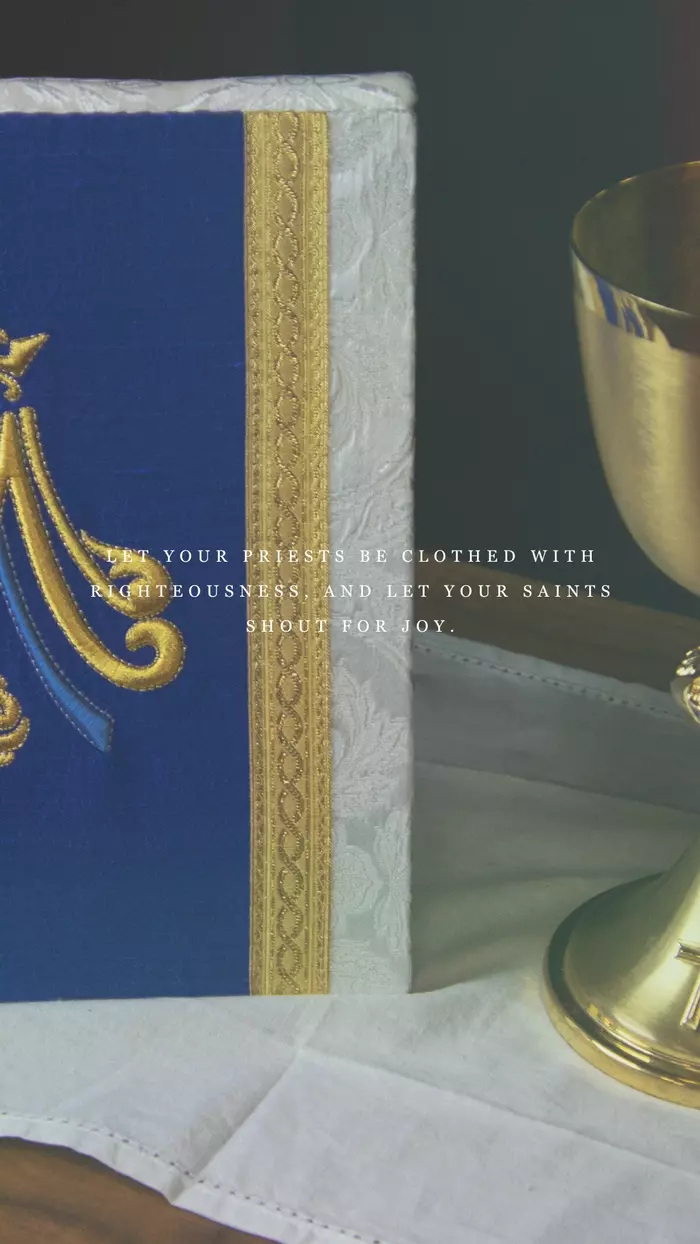Unveiling Linen: The Fabric of Purity and Holiness
Unveiling Linen: The Fabric of Purity and Holiness

The Rich History and Significance of Linen in Liturgical Traditions
Today I wanted to take a minute and discuss linen, a seemingly simple fabric that holds profound symbolic and historical significance within the Christian liturgical tradition. This natural fabric, made from the fibers of the flax plant, has been a cornerstone of sacred rituals and ceremonies for centuries.
Origins and Production
Linen is derived from the flax plant, one of the oldest cultivated plants in human history. The process of making linen involves several steps: harvesting the flax, retting (a process of rotting the inner stalks to separate the fibers), spinning the fibers into yarn, and finally weaving the yarn into fabric. This meticulous process results in a material that is both durable and breathable, prized for its strength and quality.
Historical Significance
The use of linen dates back to ancient civilizations. It was highly valued in ancient Egypt, where it symbolized purity and wealth. Linen was often used for wrapping the dead, indicating its importance and reverence.
Linen is frequently mentioned in the Bible, particularly in contexts involving holiness and sanctity. For example, in the book of Exodus, the priestly garments worn by Aaron and his sons were made of fine linen, signifying their purity and dedication to God (Exodus 28:39-42). Linen was also used for the curtains of the Tabernacle and other sacred objects, emphasizing its role in worship and divine service.
Liturgical Use
Today, linen continues to be a preferred fabric for church vestments and liturgical items such as purificators, maniples, corporals, altar cloths, and much more. Its natural qualities, combined with its rich historical and symbolic heritage, make it an enduring choice for those who serve in sacred capacities. Linen’s association with purity and sanctity remains a powerful symbol in worship.
If this post resonates with you, please like and share it with others who may appreciate it. Your support helps spread the beauty of our sacred traditions and inspires others to connect with the holiness of our faith. Thank you for being part of this journey!
Soli Deo Gloria
Be sure to visit our online store front Ecclesiastical Sewing where you may shop for Liturgical Fabrics, altar linen fabrics, church vestment-making patterns, liturgical machine embroidery designs, church vestment trims and notions and so much more. You may also find us on Ecclesiastical Sewing on Facebook, Twitter, and Pinterest. Sign up for our mailing list at the bottom of the page on our online store front and receive a free copy of our Small Linens Booklet as our way of saying thank you for following along.
Who else do you know that might like our company? Send them a FREE $10 just for checking us out! Give them the code ”REFERRAL10” for $10 off their first order!
To inquire about the creation of bespoke vestments, altar hangings, and paraments tailored specifically for your church, feel welcome to contact us.
Did You Know? The Significance of Blue in Liturgical History?
The Significance of Gold in Liturgical Vestments
Church Lace: Reverence and Beauty






 RSS - Posts
RSS - Posts
You must be logged in to post a comment.